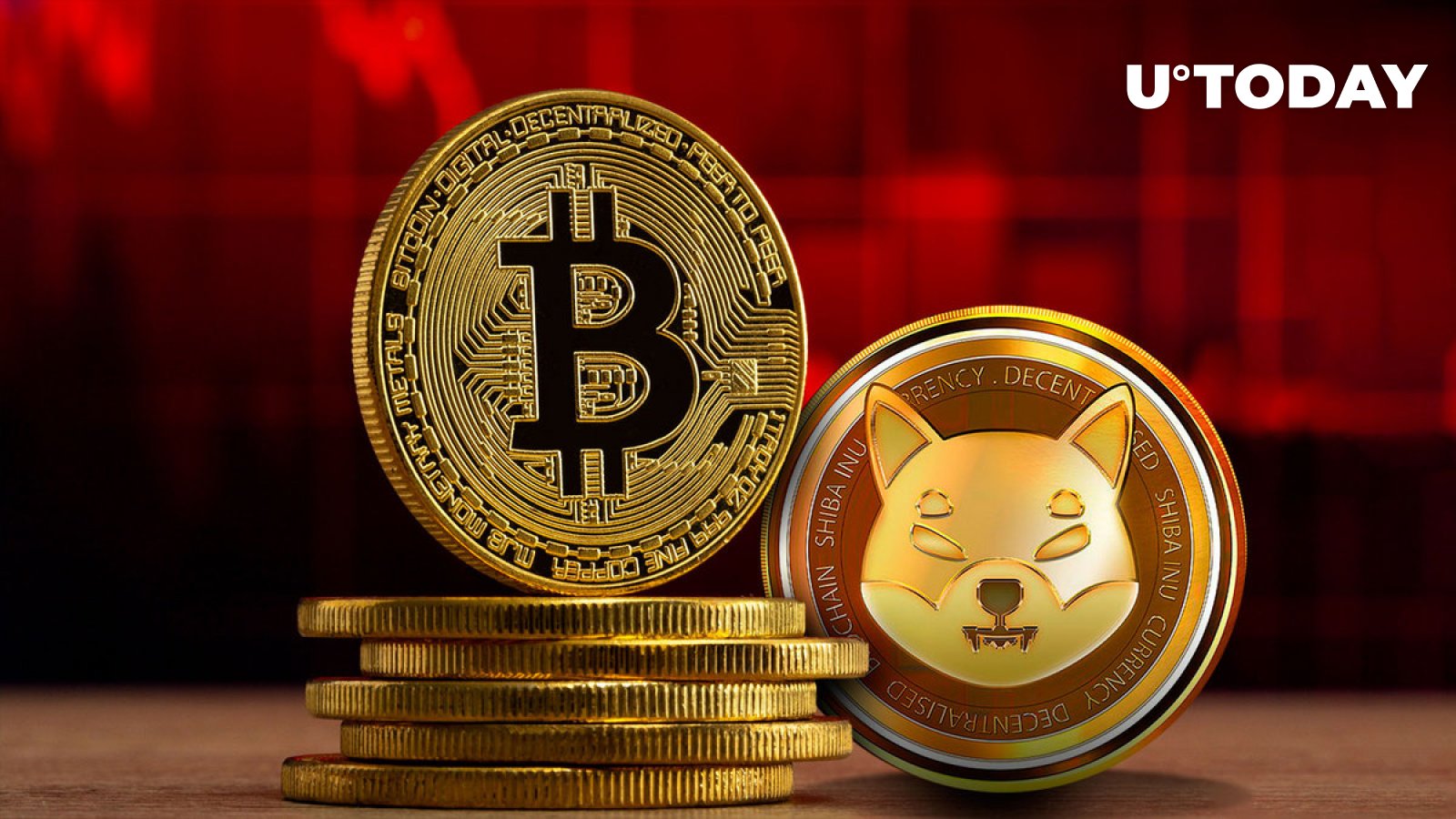Dog-themed cryptocurrency Shiba Inu is seeing a negative correlation with the biggest cryptocurrency by market capitalization, Bitcoin.
The 30-day correlation coefficient between Shiba Inu and Bitcoin has slipped to new lows of -0.24, according to data from on-chain analytics firm IntoTheBlock. Shiba Inu, however, continues to maintain a positive correlation with other crypto assets such as Ethereum and Dogecoin, save for Chainlink.
Correlations range on a scale of -1 to +1. Lower prices for one are connected with higher prices for the other if the values are skewed negatively.
That said, a negative correlation is a relationship between assets that move in opposite directions. If the correlation value is less than zero, one can confidently conclude that the two assets are moving in opposite directions. As a result, Bitcoin and Shiba Inu appear to be moving in opposite directions.
This is as Shiba Inu charts a new course, focusing on utility as its fundamental value in its push to relinquish the status of a meme coin.
At press time, the prices of Bitcoin and Shiba Inu had remained relatively steady in the previous 24 hours. Bitcoin is currently up 4.12% in September, while Shiba Inu is down 8.14% for the month.
October hints at positivity for SHIB
Shiba Inu’s price has remained in a range since September’s start, and at the very close of the month, the range seems to even become tighter, suggesting an imminent move if this trend continues.
Despite SHIB’s lackluster performance in the prior months, October looks promising based on historical precedents.
On average, SHIB has notched a 420% gain in October. For instance, Shiba Inu reached an all-time high of $0.000088 in October 2021.
However, given the volatility of the crypto market and the fact that past performance does not guarantee future results, the price direction of Shiba Inu in October remains an open question.
